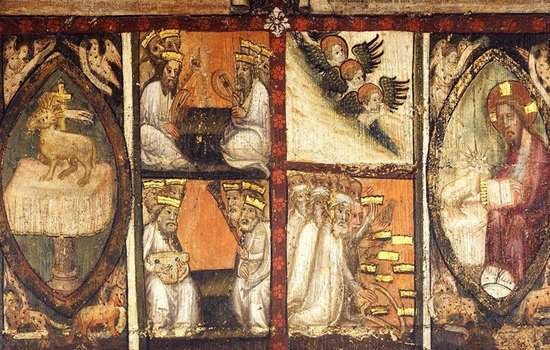Search Results
1090 results for whats on in May
Page
History of Stoney Littleton Long Barrow
This stone and earth tomb, a fine example of a chambered long barrow, was built in the early Neolithic period, probably between 3750 and 3400 BC.
Page
The Romans introduced many new foods to Britain. Some people had access to professional medical care during the period, although most relied on herbal remedies.
Page
At Belsay Hall a number of different and beautiful decorative wallpapers once formed the backdrop to the living spaces. Recent surveying and conservation of the wallpapers has helped us understand more about the different designs and methods of production.The wallpaper is also an interesting key to understanding the people of the house, from its 19th-century owners and servants to those who were later stationed there during the Second World War.
Page
The independent and charismatic Lady Hester Stanhope defied social conventions throughout her life. For a brief period she was at the heart of British politics at the right hand of her uncle, William Pitt the Younger, living with him at Walmer Castle.
Page
Claudia Jones was a ceaseless campaigner for racial justice and is credited with having been among the first to bring Caribbean carnival to London. English Heritage has commemorated her with a blue plaque at 6 Meadow Road, Vauxhall.
Page
Claudia Jones was a ceaseless campaigner for racial justice and is credited with having been among the first to bring Caribbean carnival to London. English Heritage has commemorated her with a blue plaque at 6 Meadow Road, Vauxhall.

Property
Built by the royal masons in 1250, the Chapter House of Westminster Abbey was originally used in the 13th century by Benedictine monks for their daily meetings.
Page
BELL, Vanessa (1879–1961), and GRANT, Duncan (1885–1978)
Vanessa Bell and Duncan Grant were prominent figures in 20th-century British art. Long-term creative companions and partners, they are commemorated by a blue plaque at 46 Gordon Square, the house where the Bloomsbury Group was born.
Page
One of the most intriguing objects excavated at Launceston Castle is a large whale vertebra. What kind of whale was it from? How and why did it end up at Launceston? How can it be dated, and what can it tell us about the lifestyles of the castle’s royal owners and their guests?